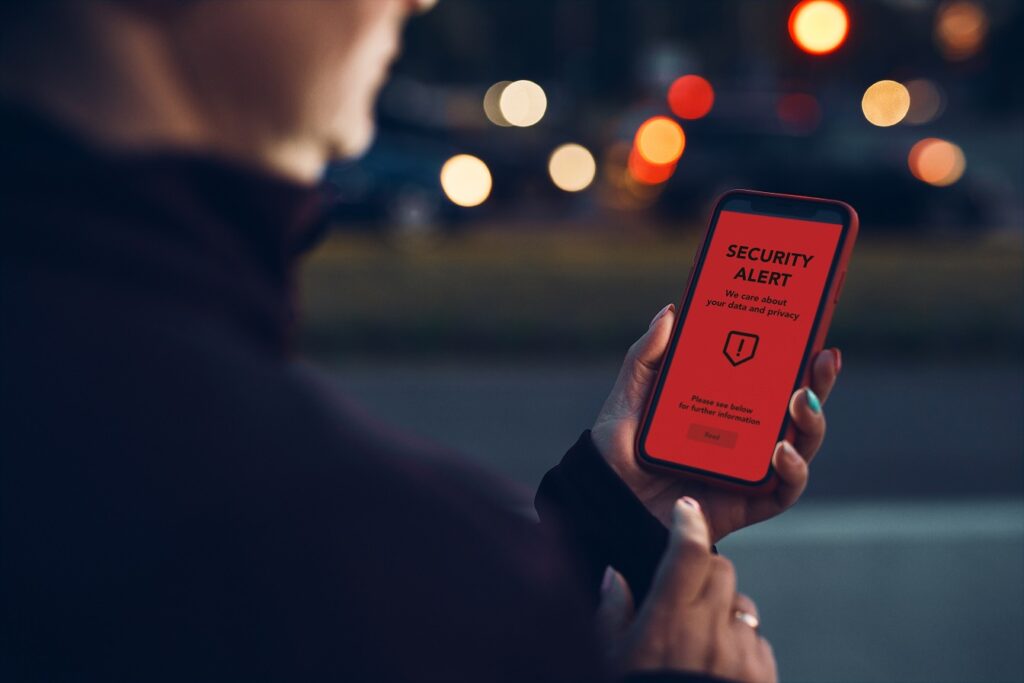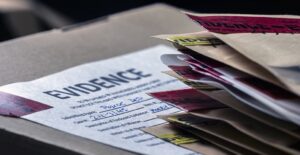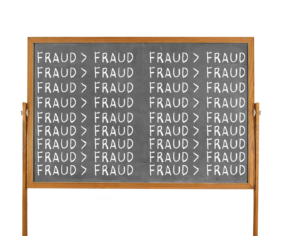It’s time to accept that our information is in the hands of cyber criminals and, by extension, fraudsters. Several tips consumers can follow now to protect their identity and accounts:
Account (Payment) protection:
1. Activate notifications for card payments, checks and wire transfers. I have the notification go to a particular (otherwise unused) email address, which is treated as a transaction record for all accounts.
Setting the threshold to $1.00 or $0.01 (whichever is the lowest option at your bank) will notify you for all transactions
Setting the threshold higher might not catch fraudsters’ attempts to test your payment information with low amounts.
When something suspicious comes across your account, act immediately. Contact your bank, credit union, issuer and go through the process to re-secure your account.
Log-in Protection:
1. Activate available MFA / 2FA and monitor your security notifications.
2. Update your username / Password combinations regularly.
Credit Profile Protection:
1. Monitor your credit profile. New bank accounts (Mule accounts) can wreak havoc on your credit once the fraudster deposits stolen funds and transfers them out.
2. Freeze your credit profile
Part of the profile building process is to gain access to the victim’s credit profile and freeze it for exclusive control. “If you don’t freeze your profile, a fraudster will do it for you.”
Be proactive, my friends.





























